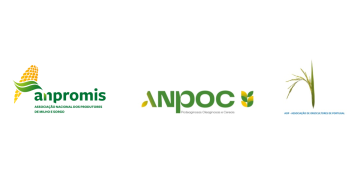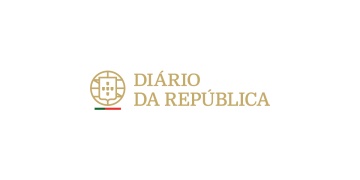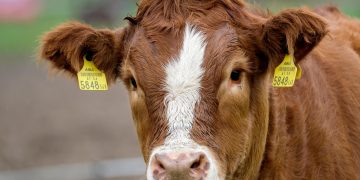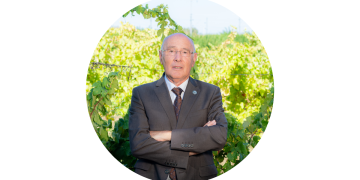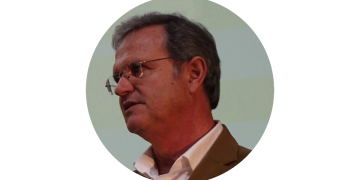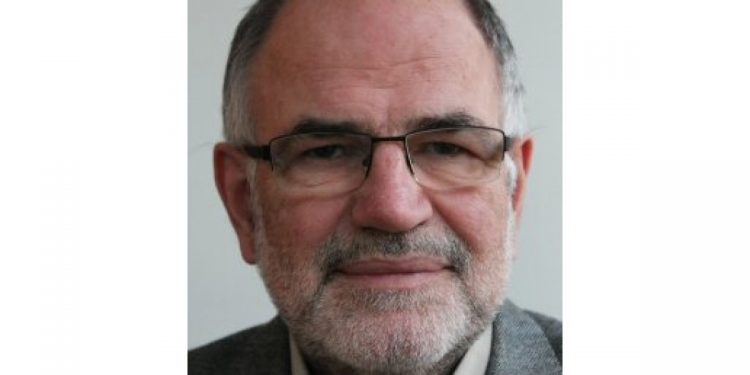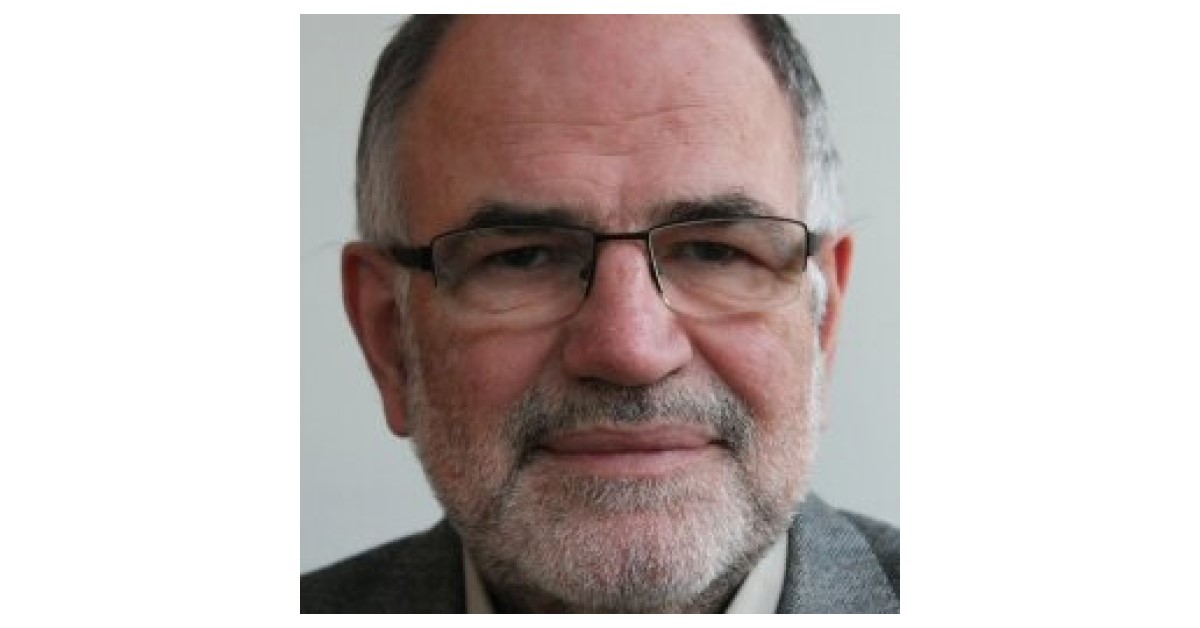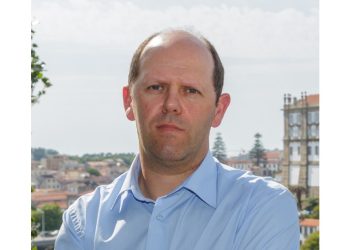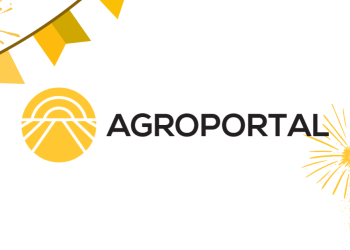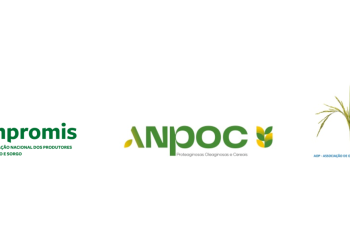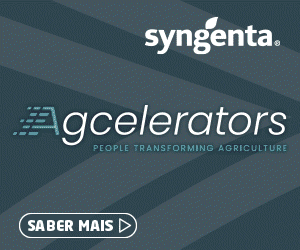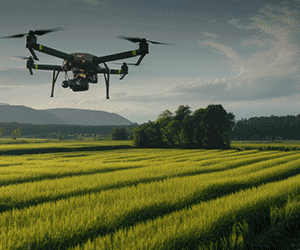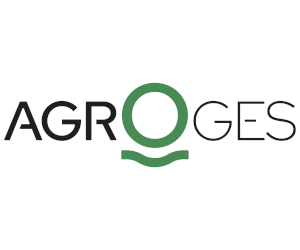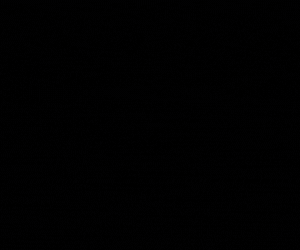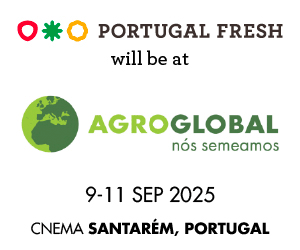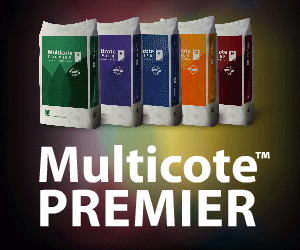One of the striking proposals in the Commission’s CAP Regulation is the introduction of a much sharper degressivity in area-based income support payments starting with payments above €20,000 and with a ceiling of €100,000. It is thus appropriate that DG AGRI released its annual report on the distribution of CAP direct payments for the financial year 2023 just two days before the CAP proposal was announced as part of the 2028-2034 MFF package (in addition, the detailed figures are found in the Annex available here). It appears that the report was completed by October 2024. It is striking that the date of publication of these annual reports has been gradually slipping over time (the full set of reports with date of publication is available on the Commission web page on income support) which obviously limits their usefulness.
Although the report relates to the financial year 2023, I have deliberately titled this post as referring to the calendar year 2022 to emphasise that the figures refer to payments made to farmers in claim year (or calendar year) 2022. These payments made after October 2022 are entered into the EU budget for the financial year 2023. Thus, the figures refer to the last year of the previous CAP. They do not take account of the changes made in the current CAP (for example, the changes in the capping rules and the mandatory requirement to implement the redistributive payment).
It will thus come as no surprise that the famous 80-20 rule first enumerated by Commissioner Ray MacSharry in 1991 for the distribution of farm support remains valid more than 30 years later (Figure 1). Nonetheless, the detailed graphs in this report make clear that when we dig below this EU-wide distribution curve there are significant differences between Member States that will influence how the Commission’s targeting proposal for direct payments is perceived.
Figure 2 shows how the shares of payments received by the top 20% of beneficiaries varies by Member State. All of the countries above the EU average of 80%, apart from Portugal, are Central and Eastern European countries with dualistic agricultural structures inherited from the transition from centrally-planned to market economies. The concentration of payments in some of the older Member States, such as France, Netherlands, Ireland, Austria and Belgium, is much lower.
The report helpfully provides graphs with time series of the distribution of beneficiaries and payments over the financial years 2013 to 2023. During this period, the total amount of payments remained unchanged (€38.1 billion) but the number of beneficiaries gradually declined (from over 7 million in 2013 to less than 6 million in 2023). As a result, average payment per beneficiary has increased from around €5,300 in 2013 to around €6,500 in 2023. Yet despite this upward shift in average payment per beneficiary, eye-balling Figure 3 below shows that while there has been movement in the number of beneficiaries between the different payment classes, there has been very little movement in the distribution of direct payment amounts between the different payment classes. Given that the size classes have remained constant in money units while the average payment per beneficiary has increased, one would expect to see a shift in payments in favour of the larger payment classes. That this is not very evident to the naked eye in eye-balling these figures can probably be explained by the fact that the beneficiaries who exited were mainly the very small units whose total payments were relatively insignificant in the overall scheme of things.
This is borne out by another interesting table in the report (Figure 4). This shows that almost half of all beneficiaries were under 5 ha. But they farmed only 4.7% of the EU agricultural land and received only 5.5% of direct payments.
At the other extreme, bigger farms (over 250 ha) represent a fraction of beneficiaries (1.3%) but manage more than one quarter of EU agricultural land, although they receive a slightly smaller share of the direct payment envelope.
The report highlights that those farms between 5 and 250 ha, which it considers represent family commercial farms, represent exactly half of all beneficiaries, manage 68% of EU agricultural land and receive almost three quarters of direct payments.
The message here is that the 80/20 rule is largely driven by the very large number of very small holdings that draw down a tiny fraction of the overall direct payments envelope. Most payments go to family commercial farms although almost a quarter of the total go to larger farms over 250 ha. In a later post, I plan to look at how this distribution might be affected by the targeting proposed in the MFF CAP Regulation.
This post was written by Alan Matthews,
O artigo foi publicado originalmente em CAP Reform.


